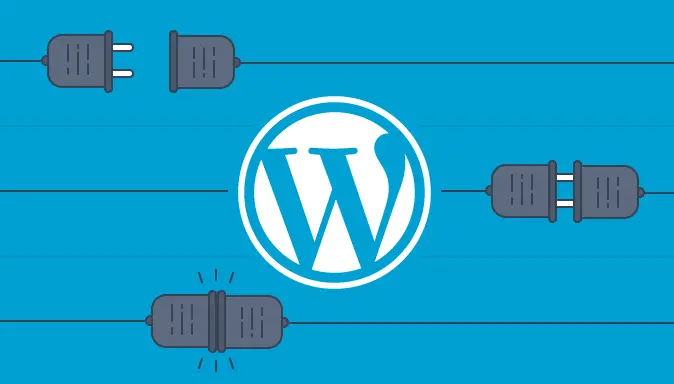There are plenty of CMS (content management system) options out there, but there is one that towers above them all, with nearly 75 million websites and blogs created with its help. We’re referring to WordPress, of course. This revolutionary tool has been around since 2003, and it has helped many businesses, artists, and creators make a functional, prospering website.
A lot can be said about the superiority of WordPress over other CMS software, but the one thing that makes it stand out the most are the plugins. There are over 50,000 WordPress plugins you can install onto your website, so it’s pretty much guaranteed that you’ll find what you’re looking for. There are businesses solely dedicated to making quality free and premium plugins, such as Yoast of the Yoast SEO fame or FooPlugins – the best WordPress gallery plugin was created by them.
If you’re only just starting out in the world of WordPress website creation and don’t even know how to install WordPress plugins, don’t worry! You’re not the only one. This article will explain the concept of WordPress plugins to you, guide you through the basic installation process, as well as suggest some essential plugins to try out.

What Are WordPress Plugins?
Think of them as add-ons that help improve and customize your site. You can get anything from a contact form to a slider or even spam protection. These new features will make your site easier to manage and more within customer reach.
Install Plugins
If you’re not familiar with the plugin installation process, we’ve briefly described it below. Once you install the plugin, you can start customizing your site and making it pop even more.
Installing WordPress plugins is fairly easy. All you’ve got to do is either search for the particular plugin in the WordPress repository or click on the plugins link on the left-hand sidebar. We’ll go over a little basic information about how to install and activate plugins just to get you started.
The first thing you’ll want to do is click on the Plugins menu at the top of the WordPress administration area and then click on Add New to begin the installation process.
Here you can see a list of plugins that are currently available through WordPress. You can search through the plugins by looking them up in the Plugin Name or Author fields located in the upper-right hand corner of your screen. Once you have found a plugin you wish to install, just click on the Install Now link that is located beneath its description. This will take you to another page where you will be required to enter your FTP credentials to authorize the plugin to make changes to your website’s files.
Customize Themes
Templates are one of the first things new site builds to get stuck on. People get so wrapped up in the design and want to focus so much on it that they often forget about adding content. That’s the last thing you want to do! The templates are there for a reason – they can help you build out your content and allow you to focus on the creative process instead of the design process. Your site will still look good no matter what.
Essential WordPress Plugins
Regardless of your area of expertise and the target audience of your website, there are a few essential WordPress plugins that you should install as soon as possible. Here are five of them:
FooGallery (Free)
This plugin allows you to implement top-quality gallery functionality to your website, making your images present themselves in the best way possible. With plenty of options to tinker around with, it’s guaranteed to provide you with the look you’re going for.
Zerif Lite (Free)
A fantastic WordPress theme for businesses of all sizes. It’s well-coded and has been optimized for quality search engine placement.
Google XML Sitemap Generator (Free)
Google’s sitemap generator is one of the easiest plugins to use when you’re working on SEO. It’s also simple to set up and allows you to easily customize your sitemap submission preferences.
Contact Form 7 (Free)
With this plugin, creating contact forms is easy, quick, and efficient. You can also add a variety of fields to your forms as you wish.
Readability (Free)
This plugin helps you optimize your content for any device type, including mobile device screens. The interface makes content editing easy, too!
The Bottom Line
So there you have it — the basics of WordPress plugins, laid out to you as simply as possible. When playing around with plugins, be careful! Installing too many WordPress plugins may slow down your site and render you vulnerable to a third-party attack. Not all plugin creators are decent human beings, and some of them will be more than happy to gather and exploit their users’ data in hopes of making a quick buck.
A lot of the free plugins are great and make managing your website easier, but don’t hop on every half-decent add-on you see in the WordPress plugin directory. Make sure that you read the reviews before installing and that you actually need the features it promises. Finally, keep track of how many plugins you’ve got installed on your website — too many of them will drastically decrease the site’s functionality.




